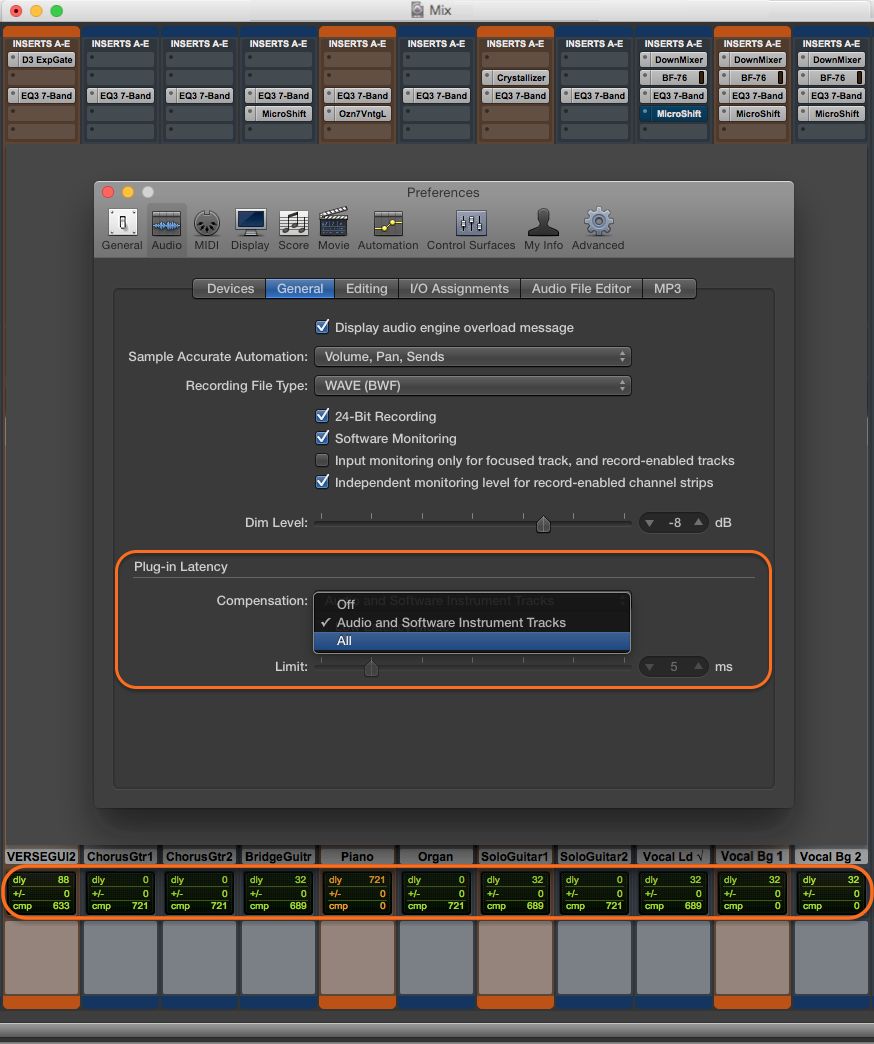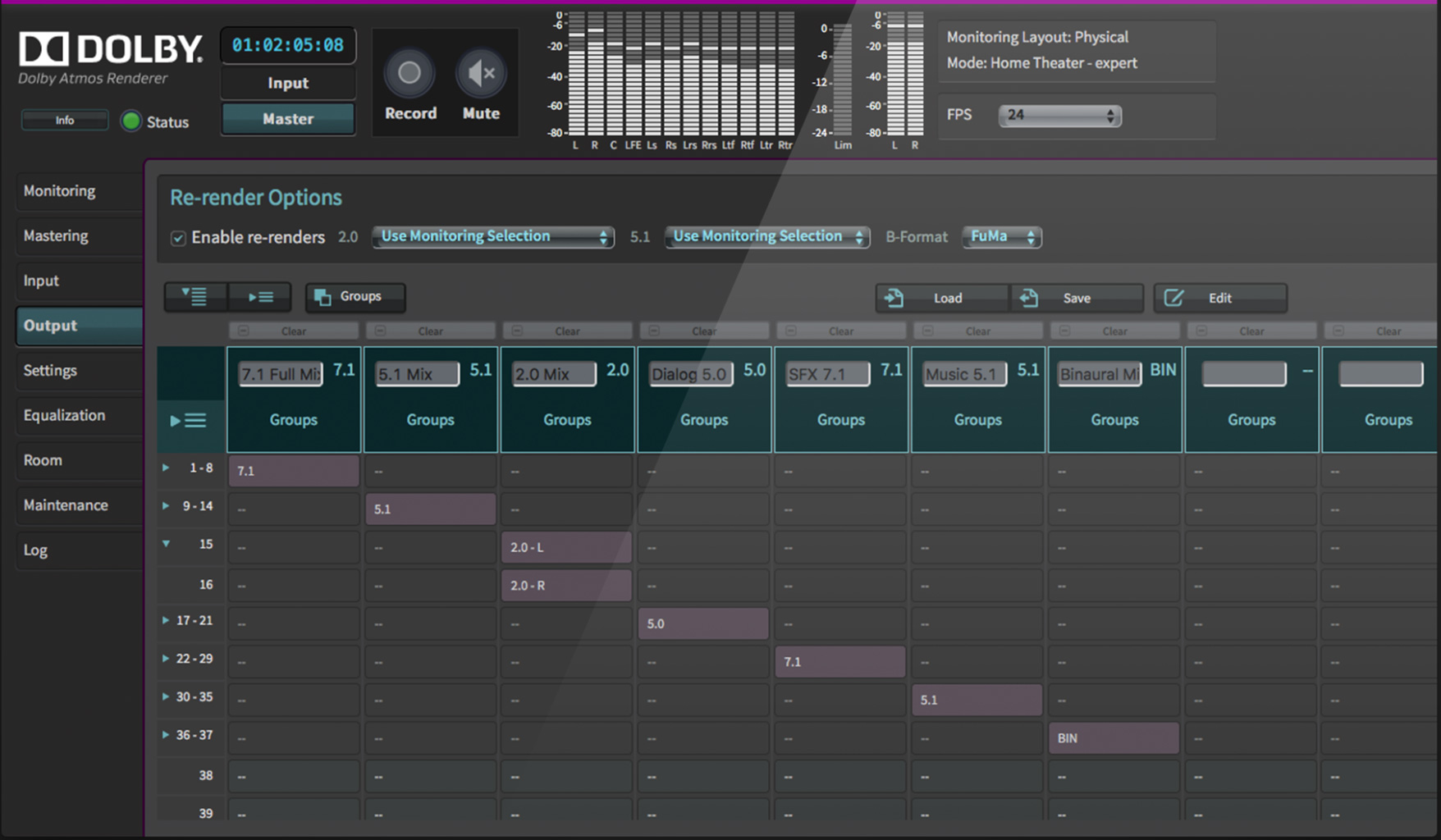

You will see all the interface I/O that can be used for inserts. To use a hardware insert, click on one of the insert points on a track, but instead of selecting a plug-in, go to the bottom of the list and choose I/O. The mono sub-paths, accessed by clicking on the little triangle, will be automatically renamed ‘Hardware EQ.L’ and ‘Hardware EQ.R’, but I can use the same process to rename them ‘Hardware EQ 1’ and ‘Hardware EQ 2’. Double-clicking on the stereo insert will enable me to label them both at once: in this case I am renaming ‘B 5-6’ to ‘Hardware EQ’. In the screenshot, I am going to allocate channels 5 and 6 on my HD I/O for use with my hardware EQ. Hardware insert points can be named in the Insert tab of the Pro Tools I/O window. I always prefer to label my inputs and outputs, and naming them according to the devices that are routed to those inputs and outputs saves me having to remember what is connected to what. This is because of the way the Inserts tab of the Pro Tools I/O window is configured you cannot configure insert send and returns to be on non-matching I/O. For example, if you want to send audio to a hardware compressor on output 5, the output of the compressor must come back into Pro Tools on Input 5. When using your interface I/O as insert points for hardware units, it is essential that you use matching numbered inputs and outputs. But before we get into all that, let’s look at the mechanics of getting an outboard dynamics processor and reverb unit hooked up to Pro Tools.

The good news is that the Avid Audio Engine introduced in Pro Tools 11 has streamlined the use of delay compensation, which is vital when you’re using your interface to route audio out to a hardware processor and back into Pro Tools. In this month’s Pro Tools workshop we will be looking at how to integrate hardware effects units into Pro Tools and use delay compensation to adjust for any latency involved in sending signals to and from them.Īlthough most of us are doing more and more ‘in the box’ these days, using plug-ins for processing, plenty of people also want to use hardware effects units and processors within their Pro Tools mixes, either because there isn’t a plug-in equivalent or because the hardware just sounds better. Before and after: renaming my hardware inserts to reflect what they’re connected to makes life a lot easier.īring a new dimension to your Pro Tools mixes by integrating outboard hardware.


 0 kommentar(er)
0 kommentar(er)
